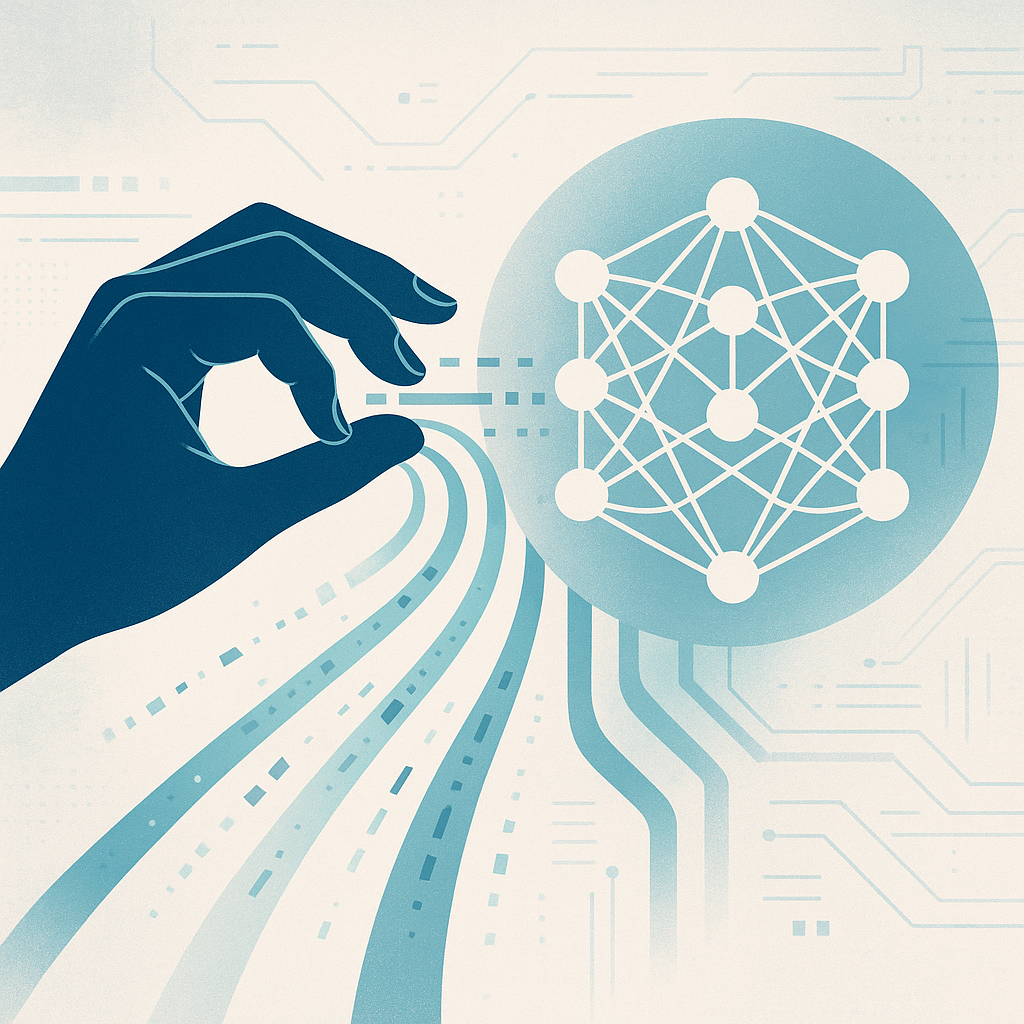
Table of Contents
The AI Gold Rush’s Missing Foundation
Everyone is racing to bolt an AI onto their enterprise data stack. The sales pitches are intoxicating, promising to unlock unprecedented insights from the vast digital boneyards of our ERP and CRM systems. But a perspective forged through years of navigating real-world enterprise integrations suggests we’re skipping a critical, painfully human step. We’re hiring the genius analyst before we’ve organized the library.
The inconvenient truth? Your shiny new AI is only as good as the data it eats. If it feasts on a diet of inconsistent, duplicated, and context-free information, it won’t deliver wisdom. It will generate confident, articulate, and catastrophically wrong conclusions at machine speed.
When Data Chaos Meets Machine Learning
I’ve witnessed the aftermath firsthand. A predictive model for supply chain optimization goes haywire because it can’t distinguish between three different supplier codes for the same vendor, each with its own pricing history. The resulting inventory suggestions are nonsensical, but the dashboard presents them with beautiful, unearned authority. The problem wasn’t the algorithm; it was the data’s lack of integrity.
Another case involved a financial forecasting system that confidently predicted a 40% revenue spike based on historical patterns. The AI had detected a correlation between seasonal marketing campaigns and sales bumps. What it missed? The previous year’s “spike” was actually a one-time acquisition that inflated the numbers. Without proper context, the machine learned the wrong lesson entirely.
These aren’t edge cases. They’re the inevitable result of feeding sophisticated algorithms fundamentally flawed datasets. The faster we deploy AI without addressing data quality, the faster we’ll scale these problems across our entire operation.
Enter the Data Custodian
This is where we need a new (or perhaps, newly respected) role: the Data Custodian.
This isn’t just a database administrator or a governance committee that meets quarterly to discuss data lineage. The Data Custodian is a hands-on arbiter of reality for the organization’s core information. They are the human firewall against data decay, and they need real authority to make meaningful change.
What Does This Role Actually Involve?
Semantic Refereeing: They own the master data dictionary with religious devotion. When a new system is onboarded, they are the single point of authority that decides what a “customer” is, how “revenue” is defined, and ensures those definitions are enforced. No exceptions, no politics.
Contextual Enrichment: A Data Custodian understands that data has a story. They work with business teams to ensure that critical context (Why was this discount applied? What market event caused that sales spike?) is linked to the data, preventing the AI from drawing naive correlations.
Quality Gatekeeping: They establish and enforce data quality standards. If a field has a 15% null rate, they investigate why. If customer addresses are inconsistent, they standardize the format. They’re the organizational immune system against data pollution.
The Human Element That Can’t Be Automated
We can’t automate this role away, despite what the vendors might suggest. It requires political savvy to navigate departmental territories, deep business knowledge to understand what data actually means, and the authority to tell a department head their data hygiene standards won’t cut it.
It’s fundamentally human work that involves negotiation, standardization, and stewardship. The Data Custodian needs to understand not just the technical aspects of data management, but the business processes that generate the data in the first place.
The Reality Check Question
So, before you sign another six-figure check for an AI platform, ask yourself a tough question. Who is the custodian of your data’s truth? If the answer is “no one” or “we have a committee for that,” you aren’t ready for AI. You’re just getting ready to make bigger mistakes, faster than ever before.
The most sophisticated machine learning model in the world can’t fix fundamentally broken data. But a skilled Data Custodian can transform that same chaotic information into a reliable foundation for genuine insights.
Let’s discuss how to build a foundation of data integrity that actually supports intelligent automation. Connect with me on LinkedIn.